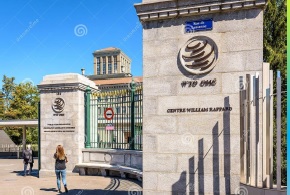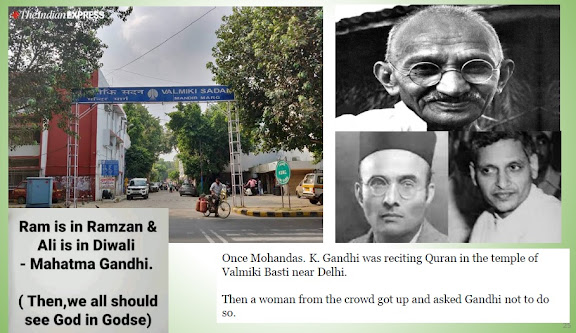O, Farmers ! Attempt Out of the Box Thinking To Find A Lasting Solution Beyond Minimum Support Price – By Pavithran
The Author
had suggested a new practical and permanent solution for the procurement to the
Farmers Produce and the various aspects explained are really undisputable and
worth implementing which will definitely benefit the farmers.
Index of Abbreviations used in this Article:
MSP – Minimum Support Price
WTO – World
Trade Organization
AOA –
Agreement on Agriculture (pertains to WTO)
AMS –
Aggregate Measurement of Support (pertains to WTO)
ERP –
External Reference Price (pertains to WTO).
India is WTO member country and hence any legal guarantee for MSP should not violate international law obligations enshrined in AOA of WTO.
There are
three categories of subsidies:
Green Box,
Blue Box and Amber Box.
Green Box –
Income Support decoupled from production.
Blue Box –
Direct Payments under production limiting programmes.
Amber Box –
Price Support for procurement of crops at MSP.
Subsidies
provided under Green and Blue Boxes are considered Non-Trade Distorting, while
the subsidies under Amber Box falls under the category of Trade Distorting.
Trade
Distortion is computed on the basis of AMS. AMS is the total of product’s
specific support (price support to a particular crop) and non-product specific
support (fertilizer subsidy).
Under
Article 6.4 (b) of AOA, India, as a developing country, is allowed to provide a
de minimis limit which is capped at 10% of the total value of production of the
product in respect of a product specific subsidy and at 10% of the total value
of a country’s agricultural production in case of non-product subsidy.
Subsidies
breaching the de minimis cap are trade distorting and are to be accounted for
in AMS.
Hence AOA
becomes a stumbling block to increase procurement price of agricultural produce
under MSP.
Unless AOA
is amended to provide adequate policy space to run an MSP backed food security
programme, the limitation of MSP needs to be addressed.
But one saving
clause for all developing countries for MSP comes in the form of Peace Clause.
The peace clause forbids bringing legal challenges against price support based
procurement for food security purposes even if it breaches the limit on
domestic support.
But the
clause is restricted only to procuring food to provide free ration through the
Public Distribution System.
India in 2019-20
gave subsidies worth $6.31 billion for rice production of $46.07 billion –
which works out to 13.6 % of the total value of production as against the de
minimis level of 10%.
Even if the AOA is amended to exclude MSP backed procurement for other crops at prices higher that the fixed ERP would be considered trade distorting and thus subject to the deminimis limit.
Therefore,
India needs to recalibrate its agricultural support programme to make use of
the flexibilities available in the AOA.
Some Alternatives:
India can
move away from price-based support in the form of MSP to income-based support,
which will not be trade distorting under the AOA provided the income support is
not linked to production.
The author
ends his article with these words:
“The
Government needs to engage with the farmers and create an affable environment
to convince them of other effective policy interventions, beyond MSP, that are
fiscally prudent and WTO compatible.”
As of now
and as I see the moods of the agitating farmers, MSP is their trump card which
they may not give up easily.





Comments